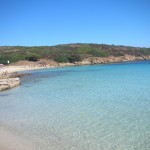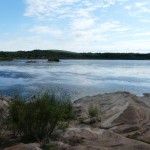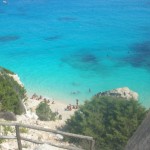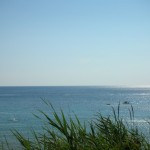Look at the stars and enjoy the silence
NW Sardinia: Stintino and the Island of Asinara
Luxuriant nature, wildlife, old history and beautiful landscapes
by Patrizio Roversi
Stintino – in North-western Sardinia – is a 130 years old town. How can you say it? In order to learn about the history of Stintino you need to reach by boat the Asinara, the island just in front of it. Sardinian shepherds have always inhabited the Island of Asinara. Then, the smugglers arrived, and after them, even some pirate. In the 19th century the Asinara was a free island, a sort of anarchic republic, and a problem for Savoia family. In fact they soon converted the island into a leper hospital first, and a prison later. The inhabitants were kicked out of the Asinara and founded Stintino. Little by little the number of prisons increased, until the establishment of the Maximun Security Prison of Fornelli in 1985, so that the inhabitants of Stintino could not set foot on the island anymore. Only after the recent closure of the prison in 1997, Stintino reclaimed its land and made the island the beautiful paradise that it is nowadays.

Stintino, Sardinia. Pic by Flickr User Tommie Hansen
Arriving in the Island of Asinara, you feel deep in a natural park adventure. There is the stand that sells the map of the island and maybe even those little bags for smokers in order to keep the environment clean from those horrible cigarettes. Then there is a car park crowded with jeeps. It looks like the one in Yellowstone. But instead of Yogi Bear and Boo-Boo, there are tens of wild horses grazing freely in the fields in little herds. The view is amazing and suggestive of unspoilt, yet civilized nature. Protected, not dominated, by the man. These horses descend from the work horses employed when the island was a prison, so they really are the owners of the island. There are not only horses, but also donkeys. I thought the island derives its name from them (asino is the Italian for donkey), but it does not. The name comes from the Latin word sinuaria, that means sinuous.
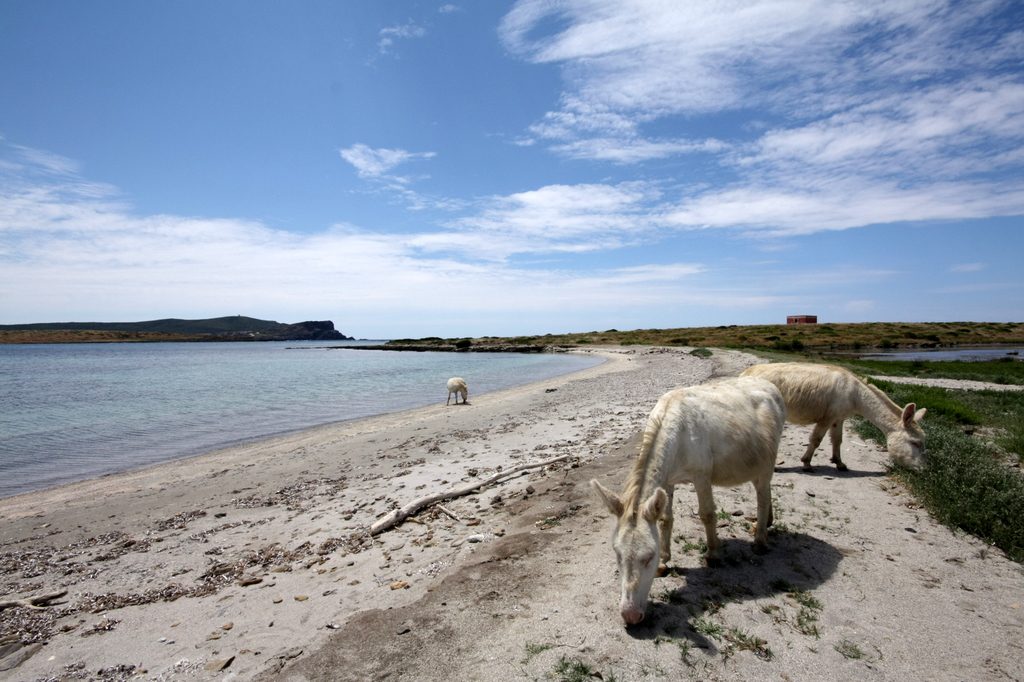
Wild Horses in Sardinia, pic by Flickr User Roberto Cossu (asibiri)
The Island of Asinara is not so small (it counts more than 5000 hectares). Giuliana, a biologist and a tourist guide, brings me around in her Land Rover. She introduces me Valentina and Cristina, who arrange trips on horseback, and Pilo, the vet. However, there are not only equines here. Laura and Ilaria are feeding a loggerhead sea turtle on a blended fish mush. The turtle is recovering from a propeller injure. On the island there is a rehabilitation centre, just like those I’ve seen in Turkey, Polynesia and Cuba. Turtles are essential elements for balancing the ecosystem. Luckily there is an European project that encourages the protection of turtles. Proceeding along the only street of the island, Giuliana shows me some herons and, above all, the vegetation. In spring everything is so green, flowers are such a kaleidoscope of colors, and the spurge spreads its scent. At the botanical laboratory some experts are studying the local officinal herbs (such as lavender, helichrysum, myrtle and rosemary). They are planning to sell bars of soap and cosmetics in order to support the Park.

Asinara, Sardinia. Pic by Flickr user Stefano Bussolon (sweetdreamer_it)
I meet the director of the Park, and ask him what’s the meaning of all of this: the park, the scientific projects and everything. He says that it’s all about studying, protecting and valuing the local natural heritage.
Patrizio
Cover pic courtesy of Flickr User Nature And

